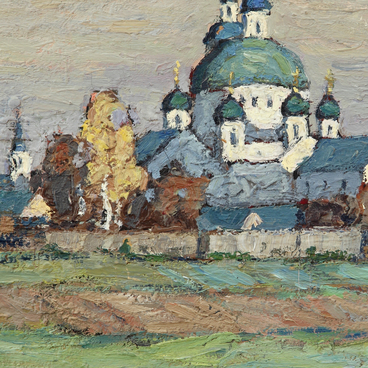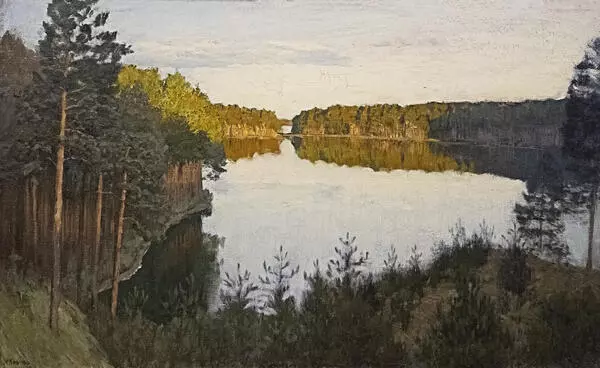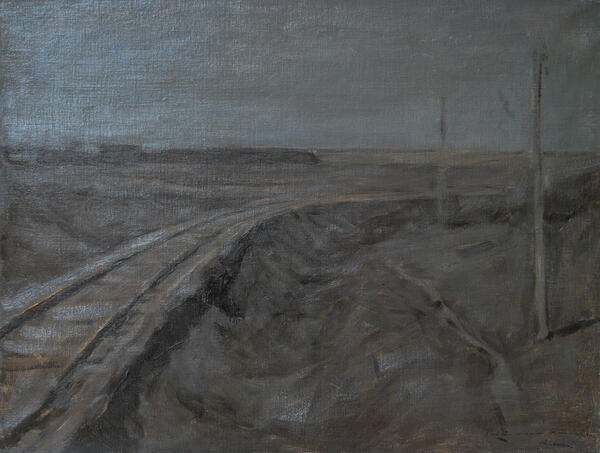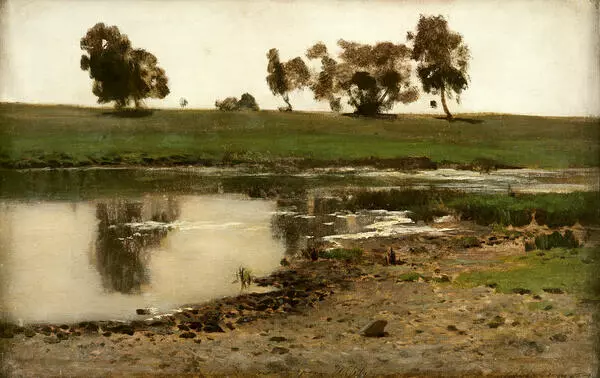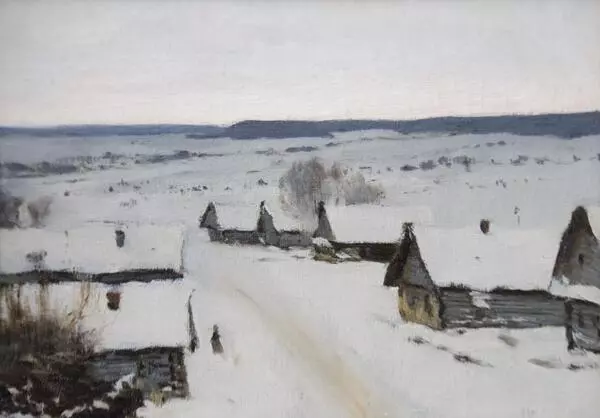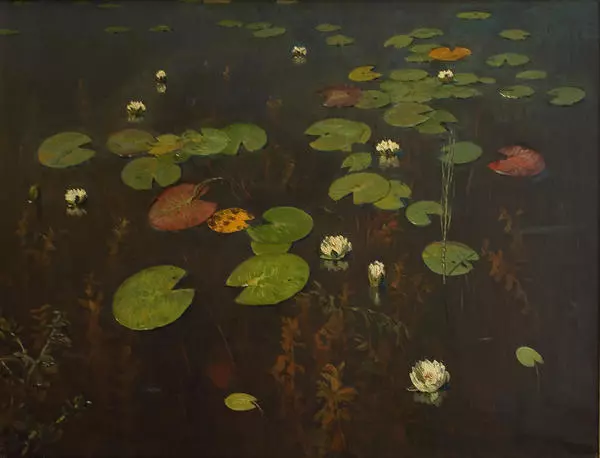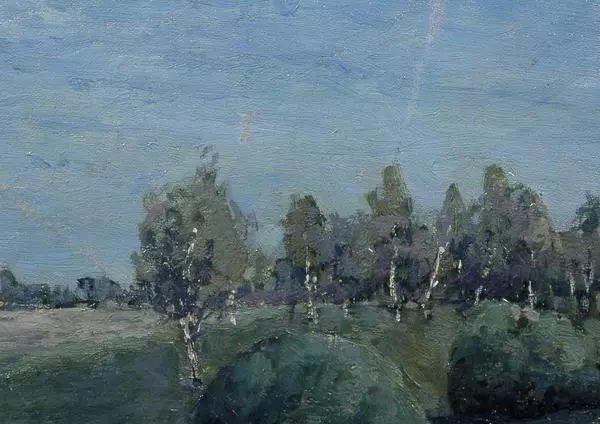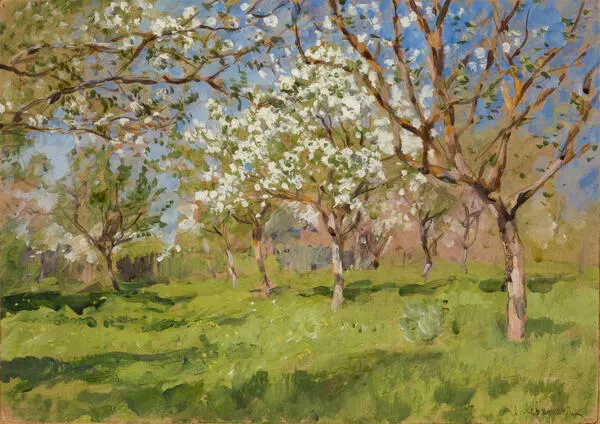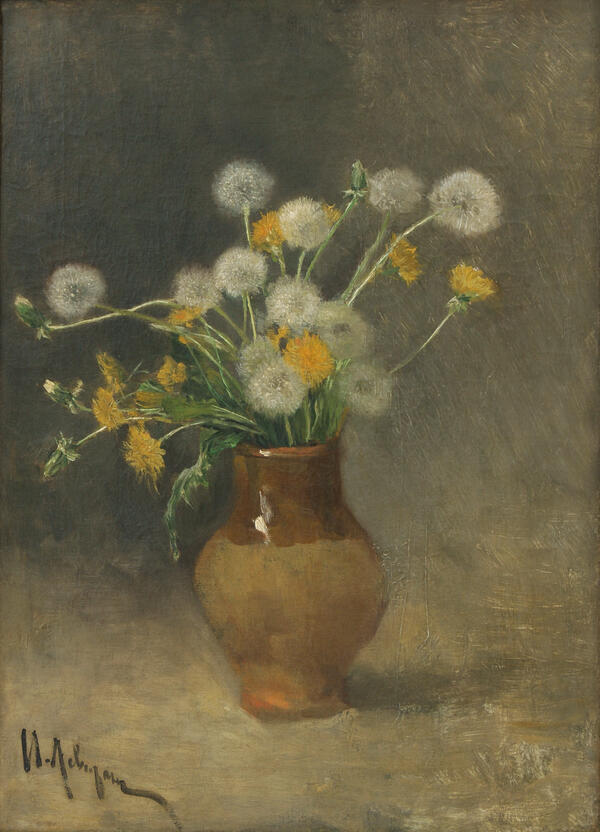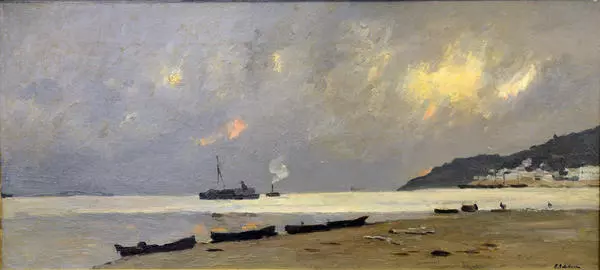Isaac Levitan was one of the most famous landscape painters of the 19th century. He studied at the Moscow school of painting, sculpture and architecture. Among his teachers were Vasily Perov, Vasily Polenov and Alexey Savrasov, who had much influenced the painting style of the young artist. It was his instruction — ‘paint, study, but most importantly-feel! ’ — which Isaac Levitan chose as the motto of his artworks.
Already in the late 1870s, Levitan began to create his ‘mood conveying landscapes’, in which he not only depicted nature, but also expressed his own emotions. His artworks were included in the Pavel Tretyakov’s collection, they were exhibited at the exhibitions of the Association of Peredvizhniki, “World of Art” association, as well as at the World exhibition in Paris. And the artist Alexandre Benoit said: “Only when I saw the Levitan”s paintings I believed in the beauty, and not in the “loveliness” of Russian nature.’ Konstantin Korovin wrote: ‘Levitan was a poet of Russian nature, he was imbued with love for it, all his sensitive soul was full of this love, and his sketches were delightful and refined’.
This is what can be said about his painting ‘Lake’ — ‘delightful and refined’. In this painting the author combines ingenuousness with the pictorial content of the landscape. There are almost no details on the painting. The entire space of the canvas is divided into water and sky, only on the horizon we see distant, almost imperceptible hills, and thin reeds indicate that the shore is close. The color variations of the painting are between gray and blue with pearl and silver hues. The artist focuses on how the cloudy sky can be reflected in large expanses of water.
This painting was created in Krasnoyarsk and it is one of many artworks in which the artist used this motif. In 1899, Isaac Levitan painted his last major painting — ‘Lake. Russia’ The picture from our collection differs from the final version of the painting — both with its mood, composition, and color scheme. The monumental artwork of 1899 reflected many years of Levitan’s observation of the Russian nature. He worked on the painting for about ten years, created dozens of scizzos, sketches and variants, varying in mood and painting style. Today they are kept in various museums in the country.
Already in the late 1870s, Levitan began to create his ‘mood conveying landscapes’, in which he not only depicted nature, but also expressed his own emotions. His artworks were included in the Pavel Tretyakov’s collection, they were exhibited at the exhibitions of the Association of Peredvizhniki, “World of Art” association, as well as at the World exhibition in Paris. And the artist Alexandre Benoit said: “Only when I saw the Levitan”s paintings I believed in the beauty, and not in the “loveliness” of Russian nature.’ Konstantin Korovin wrote: ‘Levitan was a poet of Russian nature, he was imbued with love for it, all his sensitive soul was full of this love, and his sketches were delightful and refined’.
This is what can be said about his painting ‘Lake’ — ‘delightful and refined’. In this painting the author combines ingenuousness with the pictorial content of the landscape. There are almost no details on the painting. The entire space of the canvas is divided into water and sky, only on the horizon we see distant, almost imperceptible hills, and thin reeds indicate that the shore is close. The color variations of the painting are between gray and blue with pearl and silver hues. The artist focuses on how the cloudy sky can be reflected in large expanses of water.
This painting was created in Krasnoyarsk and it is one of many artworks in which the artist used this motif. In 1899, Isaac Levitan painted his last major painting — ‘Lake. Russia’ The picture from our collection differs from the final version of the painting — both with its mood, composition, and color scheme. The monumental artwork of 1899 reflected many years of Levitan’s observation of the Russian nature. He worked on the painting for about ten years, created dozens of scizzos, sketches and variants, varying in mood and painting style. Today they are kept in various museums in the country.


